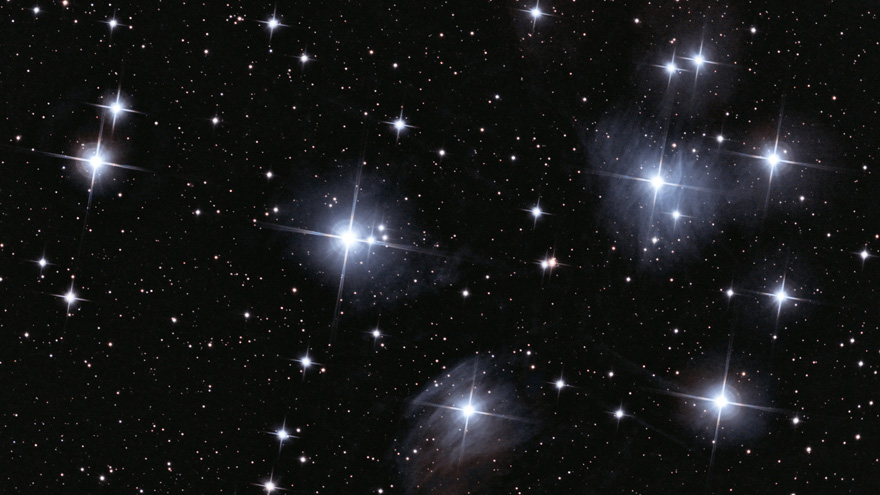“The universe is under no obligation to make sense to you.” (Neil DeGrasse Tyson)
However, as humans we cannot help but marvel at the great infinite sky and the sheer number of stars and constellations. We can trace first cave drawings of stars as far back as the stone age and we owe much of our star maps and constellation names to the Greeks and Romans. We have been looking at the night sky for our fortunes, to navigate and to share our ancestors’ stories and traditions.

Yesterday’s May Day, also known as the festival of Beltane, signifies the move away from the darker season towards the outdoors. It is one of the midway four-quarter days between an equinox and solstice, in this case, the March equinox and June solstice.
On International Astronomy Day, 2 May 2020, we want to take a wee look at some of the lore and symbolism around the constellation of Taurus. Today’s reduction in air travel and light pollution allows for slightly clearer night skies if we ignore the satellite pollution from SpaceX Starlinks’ satellites. Let us take a quick look at the stars and maybe Taurus, the bull, will give you a nudge do some star gazing from your window or in your backyard.

Taurus the bull
Taurus is one of the twelve constellations of the zodiac, associated with the astrological sign of the same name, assigned to the period from 21 April to 21 May. Traditionally, Taurus is displayed head-on, with only his front legs and chest facing the viewer.
The constellation dates back as far as the Sumerians around 3000BC, when the bull was considered a powerful symbol of fertility, signalling a time of rebirth and the start of spring. Later the Greek thought of it as the bull Zeus transformed into, so he could win Europa’s affections by carrying her off to Crete.
Taurus is home to two prominent star clusters: the Pleiades and the Hyades. According to legend, the Hyades were the five daughters of Atlas — the titan of ancient Greek myth who carried the world on his shoulders — and half-sisters to the Pleiades.

The Pleiades were called the “seed stars” by the Zuni, because when they disappeared into the western dusk in spring, they knew it was safe to plant their seeds and the time of frost had passed.
 Fun fact: star clusters were sometimes used as an eye test in ancient times! In the stories about the Pleiades, one of the seven sisters is always missing. This is easily correlated with the real sky, as most people will only see 6 stars with the unaided eye. If you could see all the seven stars of the Pleiades, you were thought to have excellent vision.
Fun fact: star clusters were sometimes used as an eye test in ancient times! In the stories about the Pleiades, one of the seven sisters is always missing. This is easily correlated with the real sky, as most people will only see 6 stars with the unaided eye. If you could see all the seven stars of the Pleiades, you were thought to have excellent vision.
In darkness we seek light and we hope that you will find some time to enjoy Astronomy Day, and maybe look up constellations and share stories about the stars.
For some further reading inspiration around astronomy and starlore take a look below:
Sky Stories Ancient and Modern (New York: 1998) Roger Ptak
What We See in the Stars (Boxtree, 2017) Kelsey Oseid
Astrophysics for People in a Hurry (Norton & Company 2017) Neil DeGrasse Tyson





